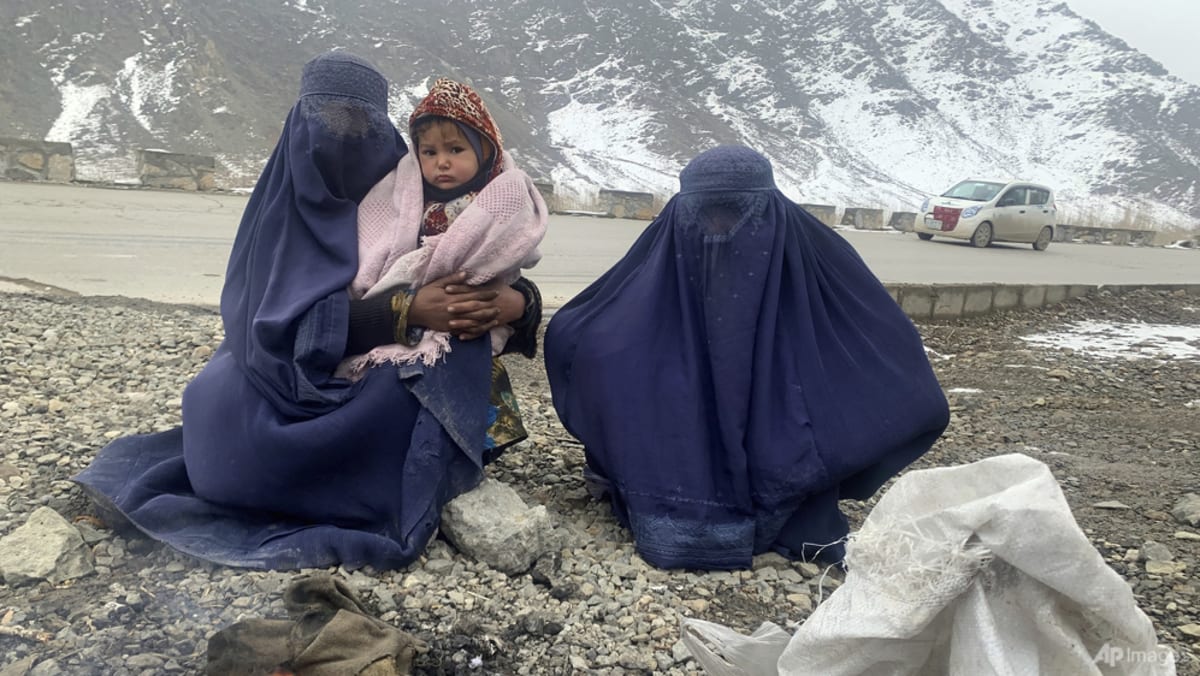
Afghanistan is experiencing its worst cold snap in more than a decade. At least 150 people have died in two weeks from the freezing weather and other winter-related causes.
The priority is to ensure that further deaths are prevented and to keep people warm, Mr Mghendi said.
“We are providing heating materials and providing cash for people to buy what they need. We are also providing warm clothing, boots, jackets, shawls whatever can get people through this very harsh moment,” he said.
Even when winter ends, the people will continue to face a drought that is entering its fourth year. Spring may also bring with it flooding, he said.
“It’s not just the winter, but it’s also what comes after the winter,” he said.
HUMANITARIAN CRISIS
The winter comes against the backdrop of “one of the worst humanitarian crises in the world” over the past two years, Mr Mghendi said.
He noted that more than half the people in the country are relying on humanitarian assistance. He added that the country was also relying on development assistance to run its healthcare system.
“Now, add to that to the economic hardship which came after the collapse of the banking system and we cannot get jobs to the people,” he said.
Dr Ramiz Alakbarov, United Nations resident coordinator in Afghanistan painted a similar picture of the situation in the country.
